How to Change a Car Battery
A 10-step guide to changing your car battery.
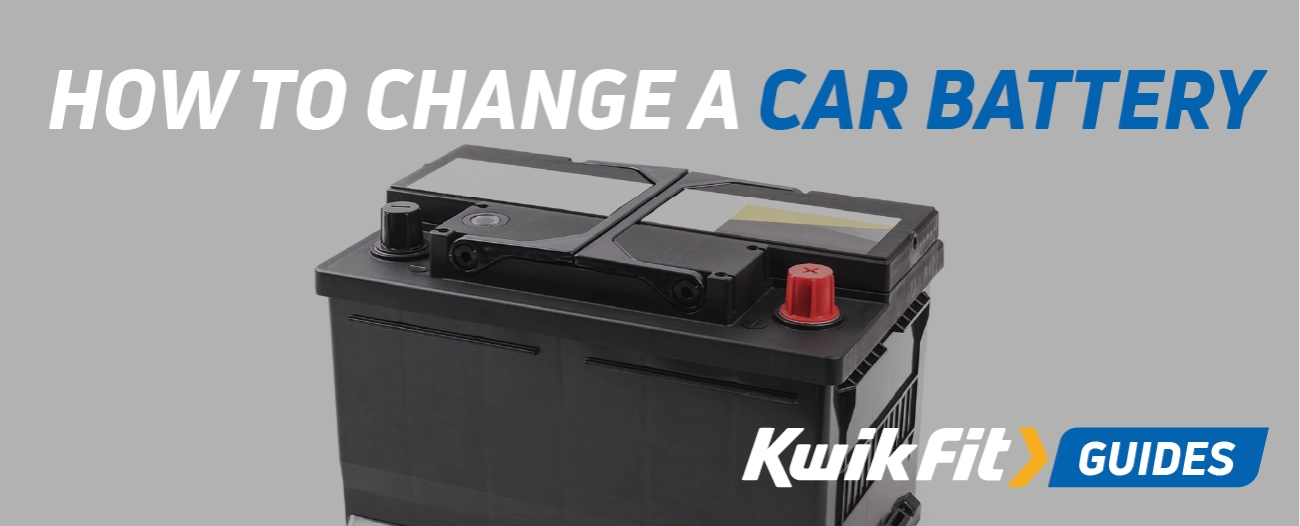
- Park on a flat surface. Ensure the engine is off and engage the parking brake.
- Open the bonnet and put on gloves and safety glasses, to prevent coming into contact with battery acid.
- Locate the battery. Itís usually in a corner of the engine compartment.
- Disconnect both terminals. Remove the negative (-) first, then the positive (+) using a wrench.
- Locate and unbolt the hold-down clamp that secures the battery, then lift the old battery out of the battery tray.
- Clean the area, then position the new battery in the tray - ensuring correct terminal alignment.
- Reattach the hold-down clamps to secure the new battery.
- Reconnect terminals, attaching positive (+) first, then negative (-), and tighten.
- Start the car to check installation and ensure the new battery is functioning.
- Dispose of the old battery safely at a recycling centre, or specialised waste disposal.
As with any device, batteries have a lifespan and will eventually stop working. Unfortunately, they donít often last as long as our cars - and may need changing when they become defective. They can run out of charge, particularly if you use your vehicle infrequently or only for short journeys, or may just become too old to be able to start your car.
If your vehicle wonít start or you can hear a clicking noise when you turn the ignition, then itís likely that you will need a new battery. You can change it yourself or, if youíre unsure about undertaking this task, Kwik Fit can change your battery for you.
Did you know? The Kwik Fit battery test is free, takes less than 10 minutes and could alert you to any battery faults that you may not have noticed yet.
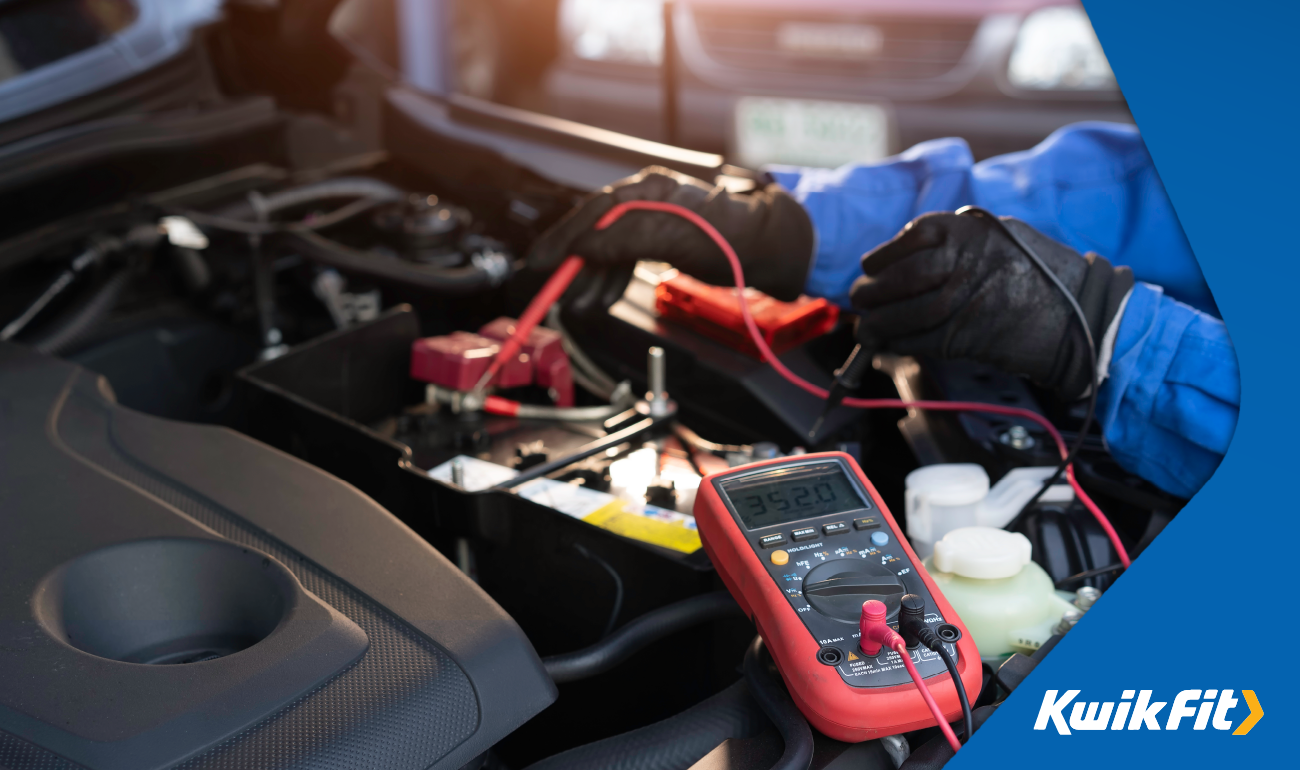
How to test a car battery
Once your brand new battery is fitted, you will want to make sure that it works. The easiest way to do this is with a car battery tester. If you donít already have one, you could purchase one that simply flashes green if the battery is charged, or you could invest in one that tells you the exact voltage. No matter what type you go for, youíll be able to determine if your new battery has enough charge to start up your car.
The tester should come with instructions that tell you how to get an accurate reading. In most cases, the red lead of the tester will need to be attached to the batteryís positive terminal and the black lead to the negative terminal. Use the device to get a reading. The figure on the device should show as more than 12.4v when the engine is off. If the reading shows the voltage as under this figure, the battery may need charging.
What is a car battery really for?
A car battery is fundamentally the heart of a vehicle's electrical system, providing the essential power required to start the engine and operate various electronic components. When you turn the ignition key, the battery delivers a significant surge of electricity to the starter motor, enabling the engine to crank and start.
Beyond starting the engine, the battery also supplies power to accessories like lights, radio, and air conditioning systems when the engine is off, ensuring comfort and functionality even when stationary. Additionally, it acts as a voltage stabiliser, maintaining consistent electrical performance and protecting the vehicle's electronic systems from voltage spikes and fluctuations.
Without a reliable battery, a vehicle would be unable to start or sustain its electronic operations, highlighting its crucial role in automotive functionality.

Ensuring your car battery's longevity with Kwik Fit
Changing a car battery may seem daunting, but with the right tools and knowledge, it can be a straightforward task. Understanding the role of the battery and following the proper steps can ensure your vehicle remains reliable and ready to go. Whether you choose to change the battery yourself or seek professional help, maintaining a healthy battery is essential for your car's performance and longevity.
If you're unsure about changing your car battery or prefer professional assistance, visit the team at your local Kwik Fit centre for your free battery health check. Use our locate a Centre tool to find your nearest Kwik Fit centre, where our expert technicians can replace your battery quickly and efficiently.
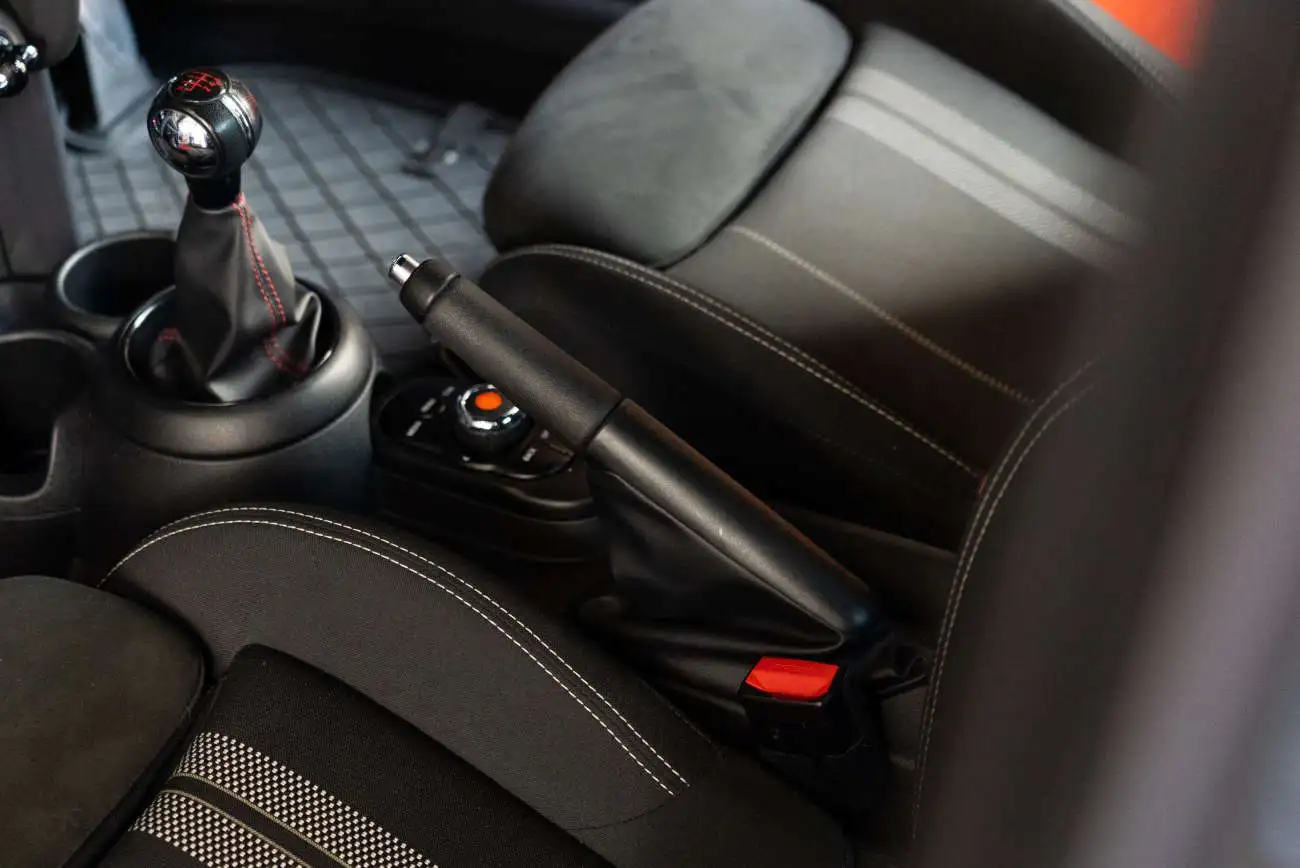
1. Park on a flat surface. Ensure the engine is off and engage the parking brake.

2. Open the bonnet and put on gloves and safety glasses, to prevent coming into contact with battery acid.
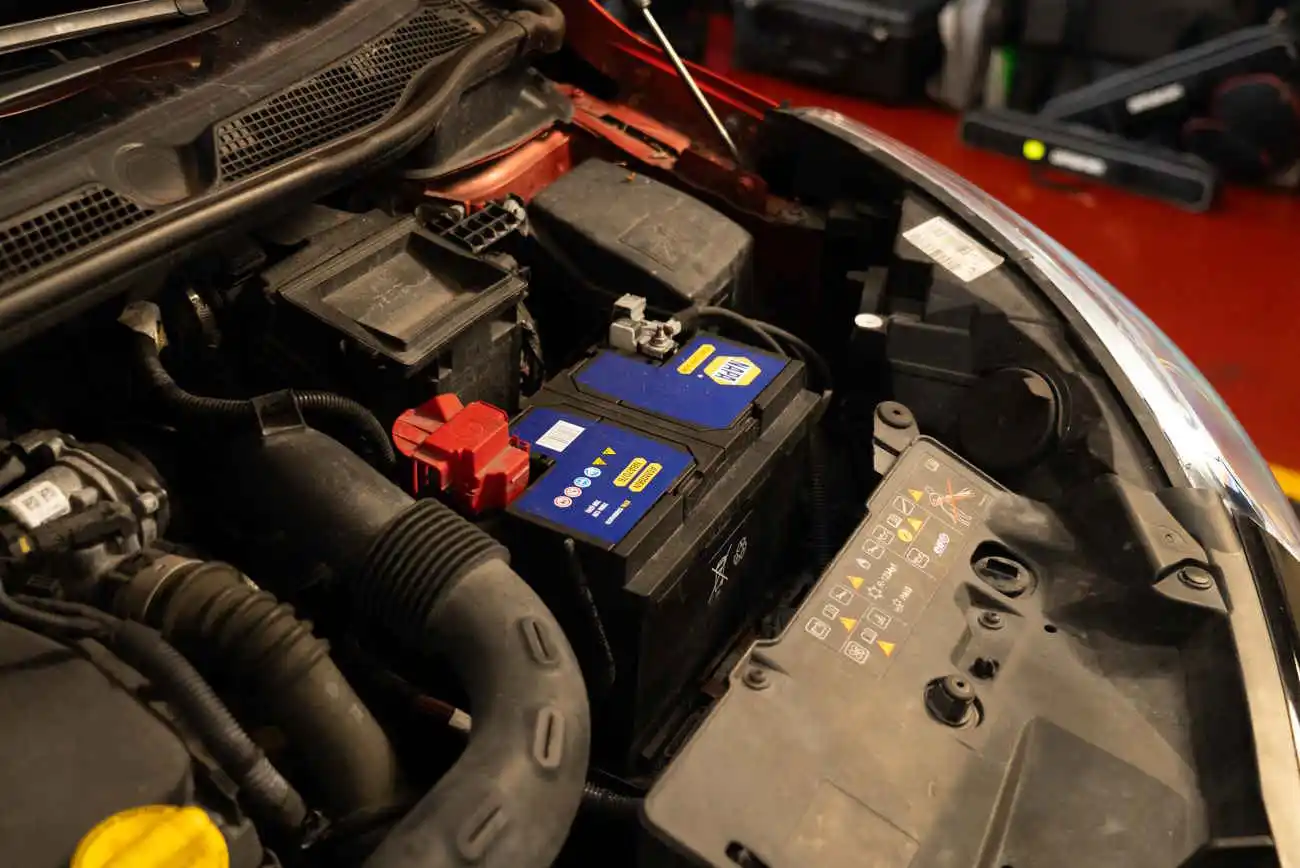
3. Locate the battery. Itís usually in a corner of the engine compartment.
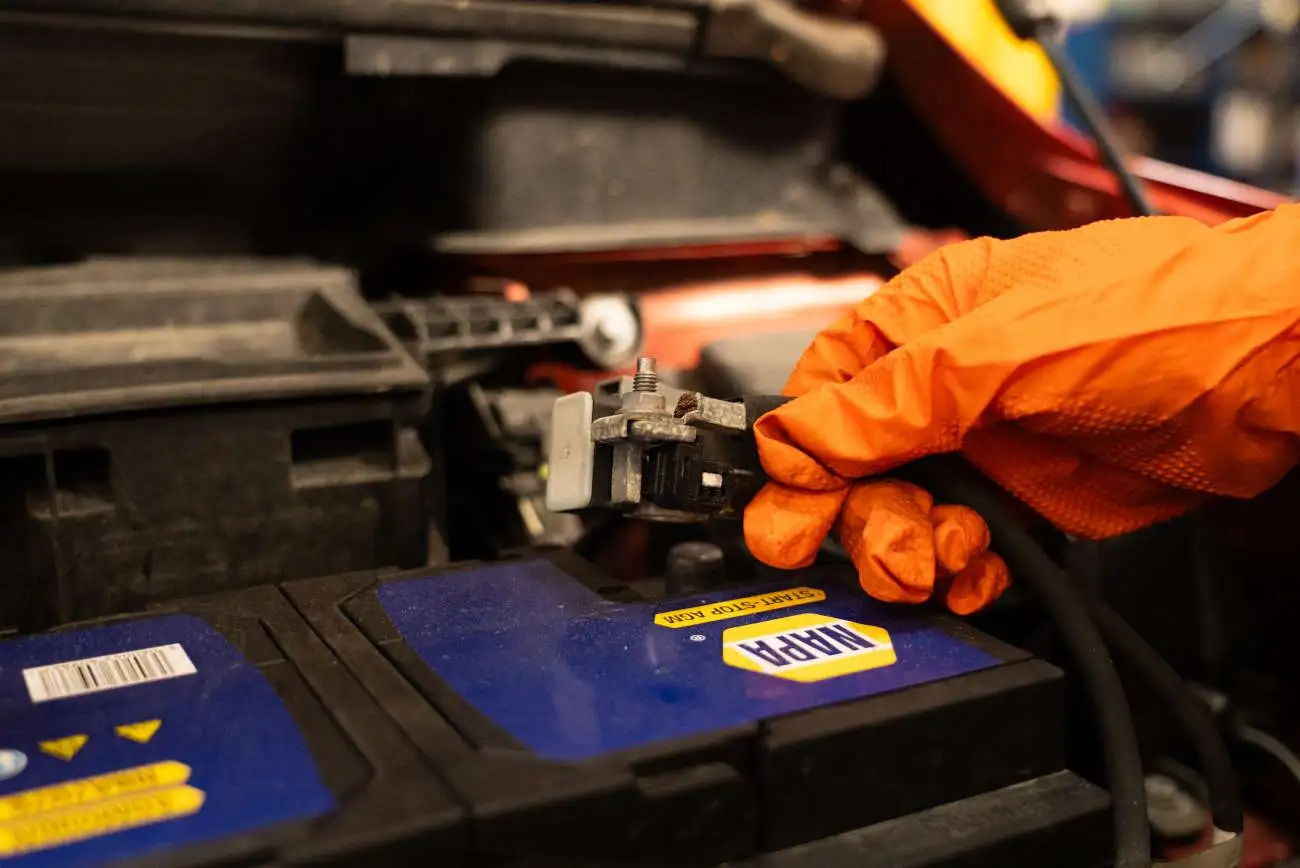
4. Disconnect both terminals. Remove the negative (-) first, then the positive (+) using a wrench.
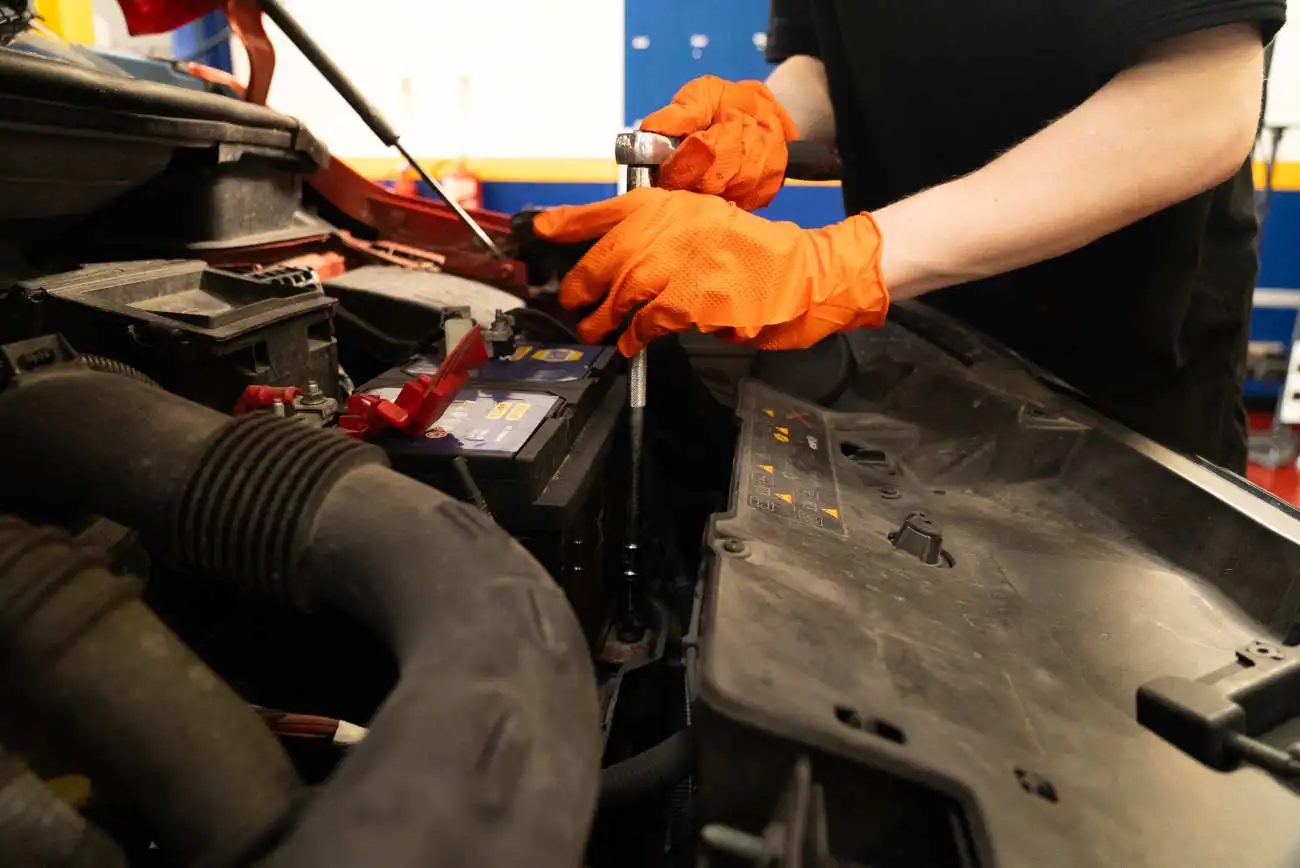
5. Locate and unbolt the hold-down clamp that secures the battery, then lift the old battery out of the battery tray.
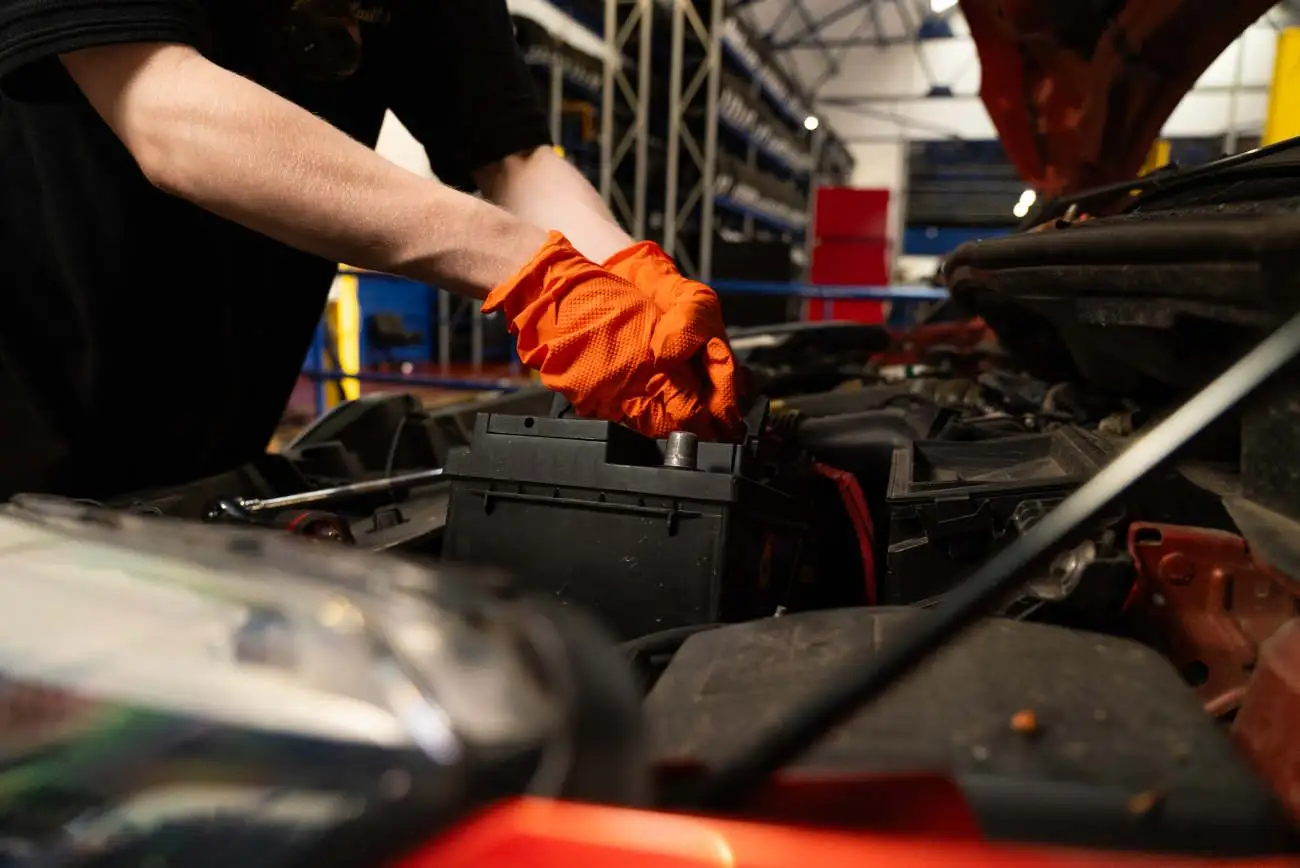
6. Clean the area, then position the new battery in the tray - ensuring correct terminal alignment.
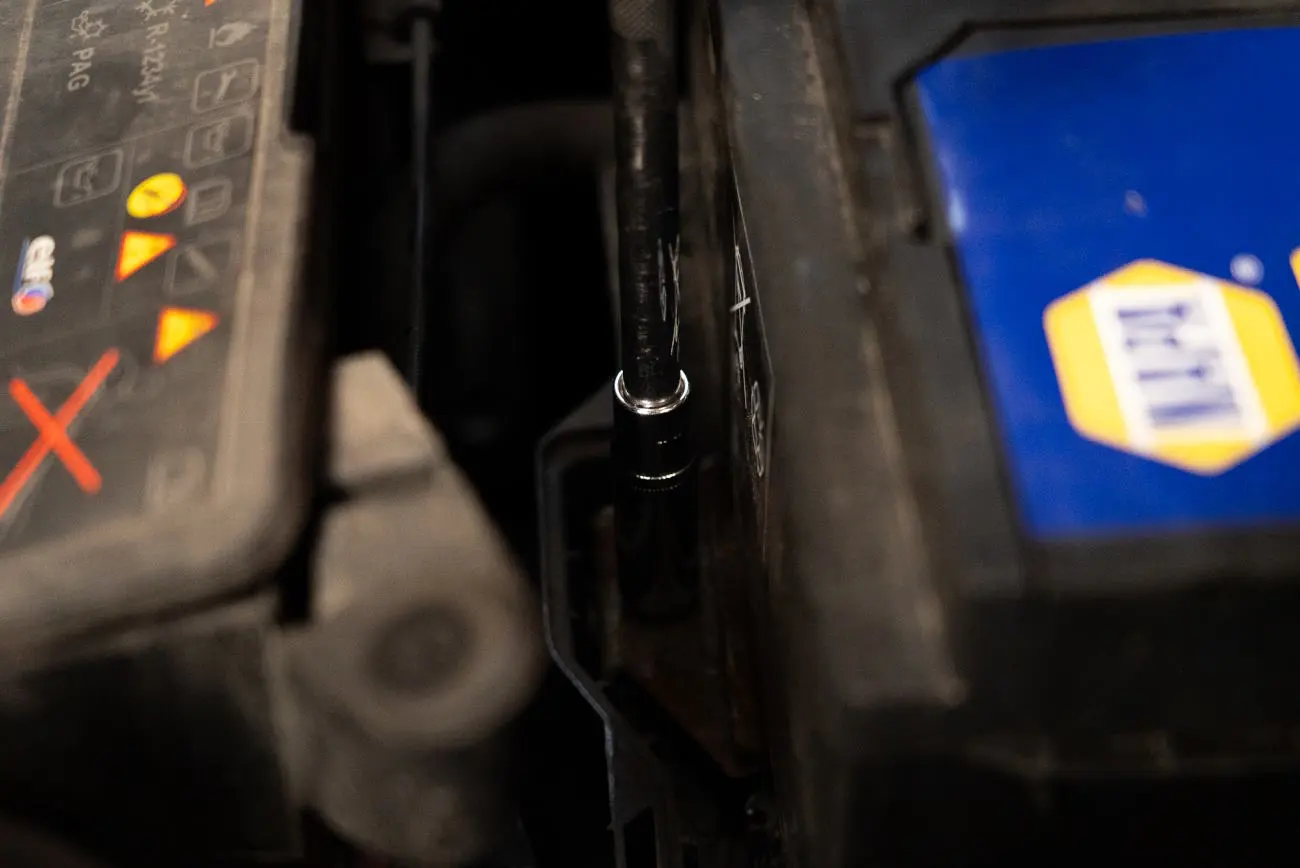
7. Reattach the hold-down clamps to secure the new battery.

8. Reconnect terminals, attaching positive (+) first, then negative (-), and tighten.
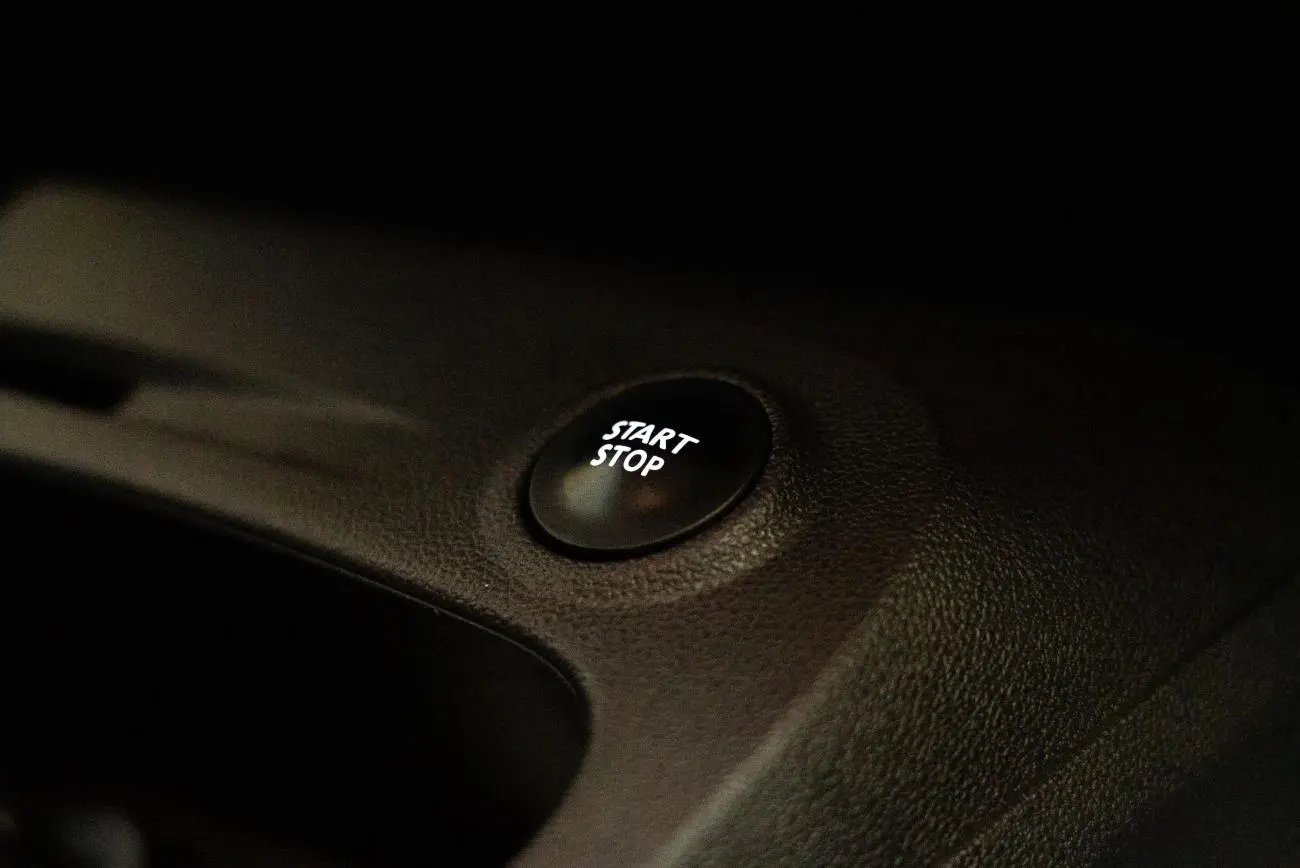
9. Start the car to check installation and ensure the new battery is functioning.

10. Dispose of the old battery safely at a recycling centre, or specialised waste disposal.






